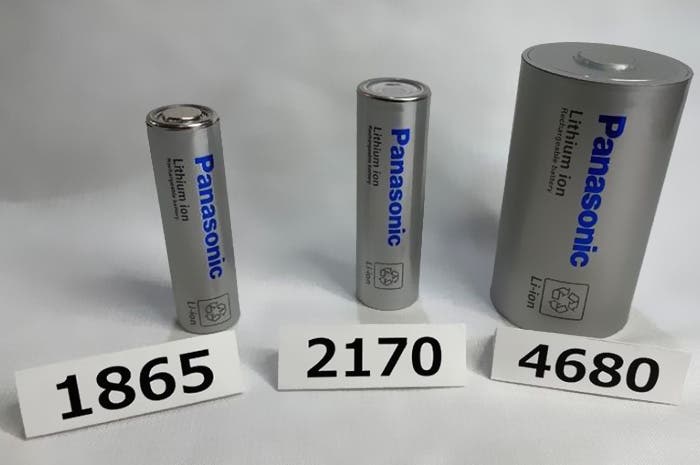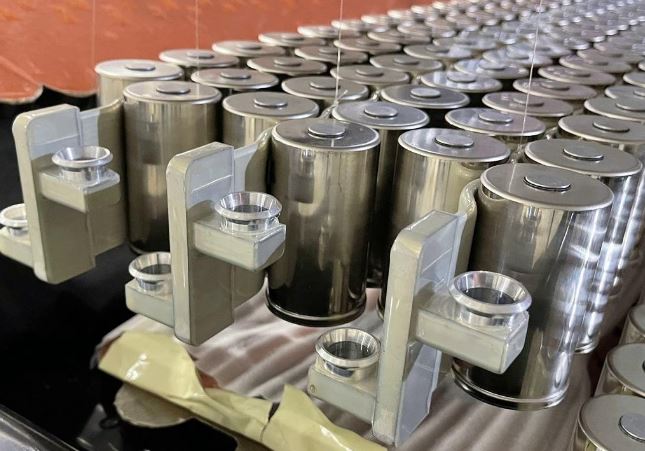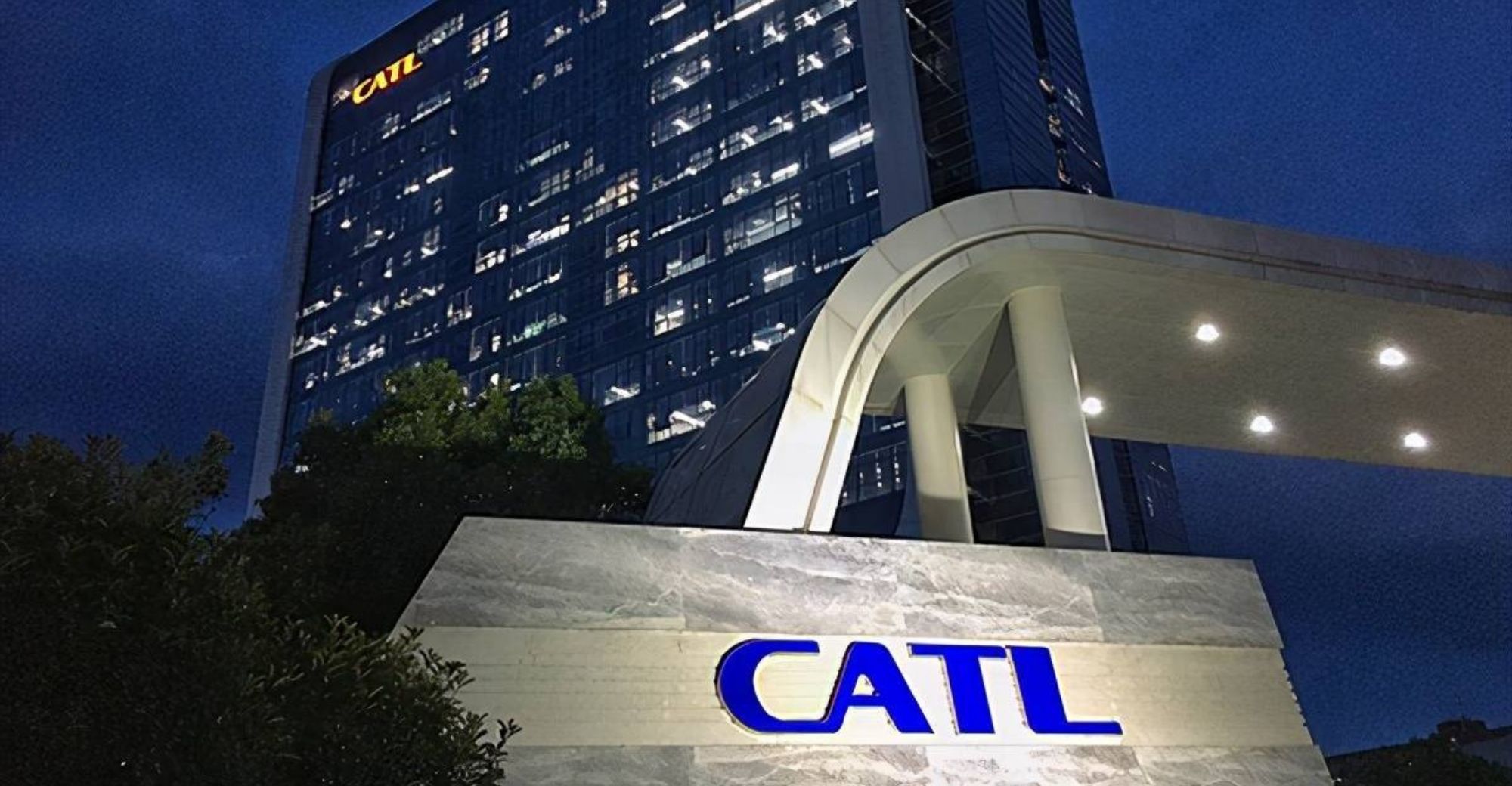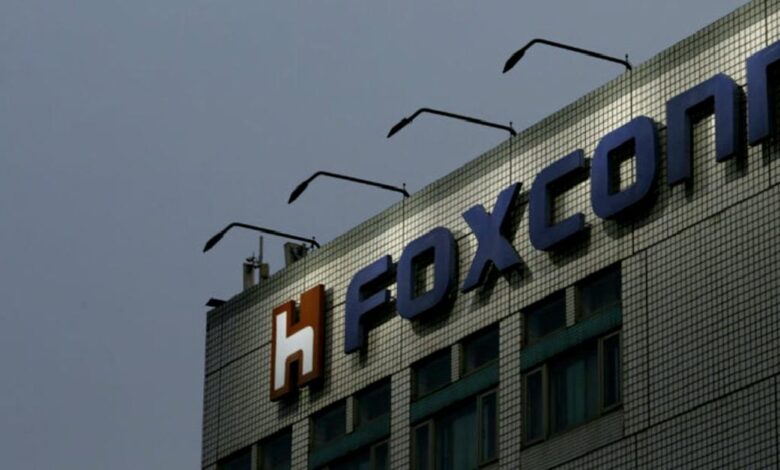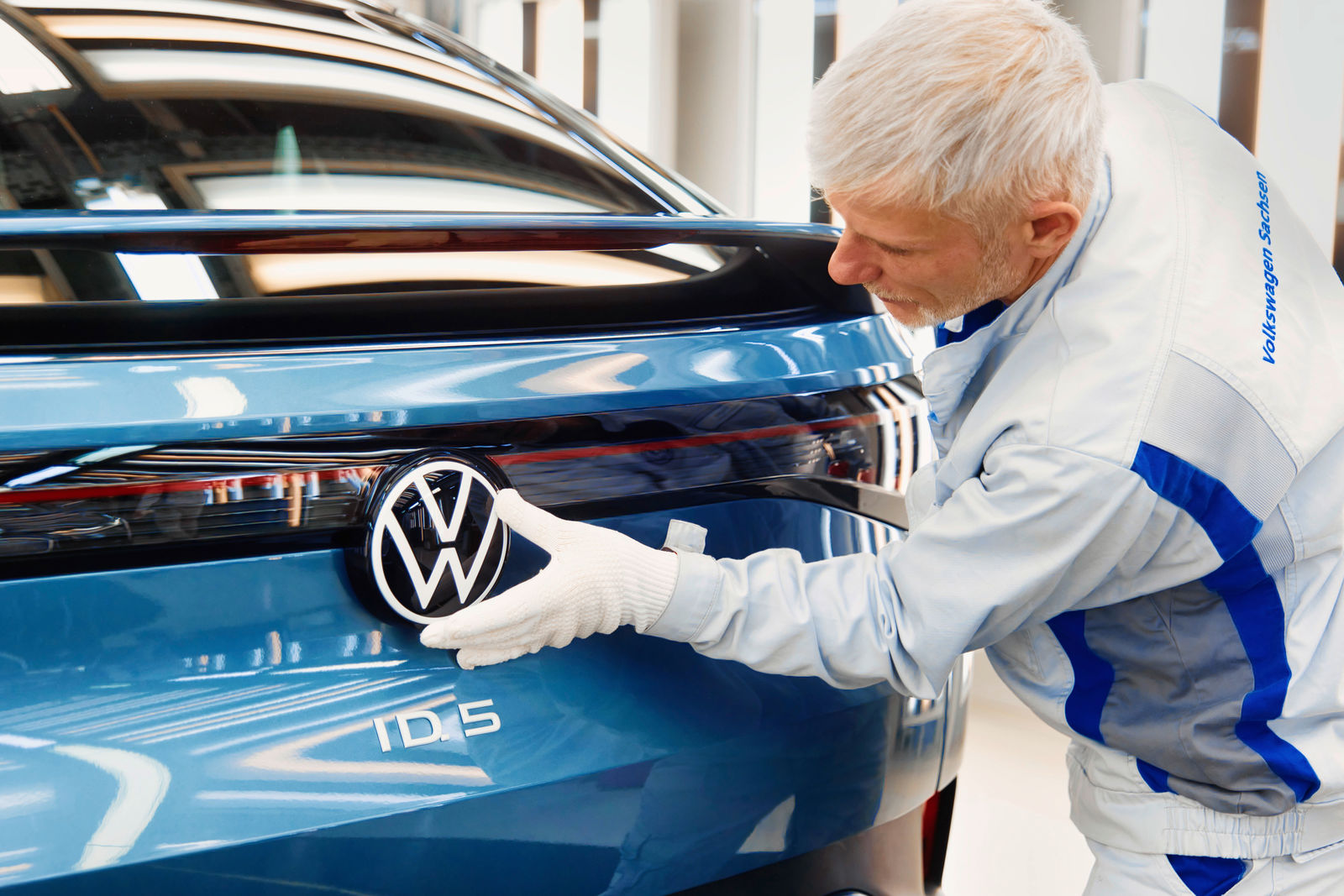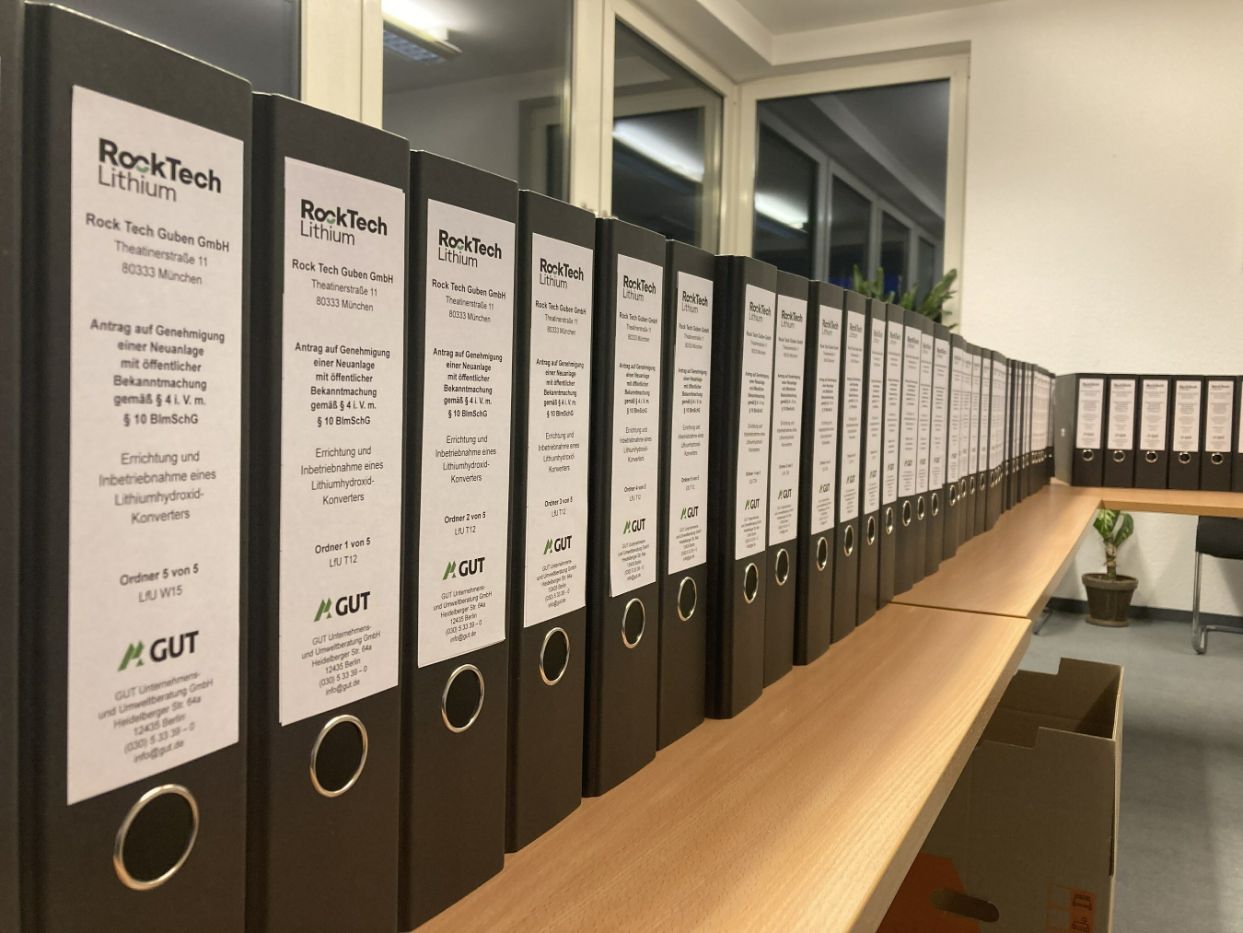Panasonic and LG Energy Solution will reportedly supply the 4680 cells for the Tesla Cybertruck, according to an agency report citing insider sources. The move was not initially planned, as Tesla is said to have failed to reach its targeted energy density with its first-generation 4680 cells.
While Tesla was able to dry-coat the anode, it is reportedly experiencing issues with the dry-coating of the cathode. The company plans to use a cathode with more than 90% nickel in the next generation of 4680 cells and has signed a deal with South Korean battery material manufacturer L&F to achieve this.
The Cybertruck is slated to enter production in Texas before the end of 2023, but Tesla has yet to reveal a production version or final pricing. Reuters reports that battery cell logistics have contributed to the delays, as Tesla houses its own production of 4680-format cells in Fremont with additional facilities to be built in Texas, California, Nevada, and Berlin. In December 2021, the company achieved a production rate of 868,000 cells per week, but this is not yet sufficient to meet demand.
See also: Panasonic to build 4680 batteries plant in Kansas to supply Tesla EVs
Tesla has also postponed the start of Cybertruck production three times since unveiling the vehicle in 2019. According to Reuters, battery cell logistics have contributed to these delays. The larger 4680 cells will be used in the Tesla Semi electric truck and the upcoming Roadster 2. It remains unclear how quickly Tesla can scale its own 4680 cell production for these models, but the company is securing itself through suppliers Panasonic and LGES.
Panasonic is currently producing 4680 cells on a pilot line in Japan and has delivered the first sample cells to Tesla, with series production set to take place in North America. LG Energy Solution is constructing a new production line in South Korea for 4680 round cells, with an annual production capacity of 9 GWh. Both companies are expected to ramp up production, but this may take some time.

